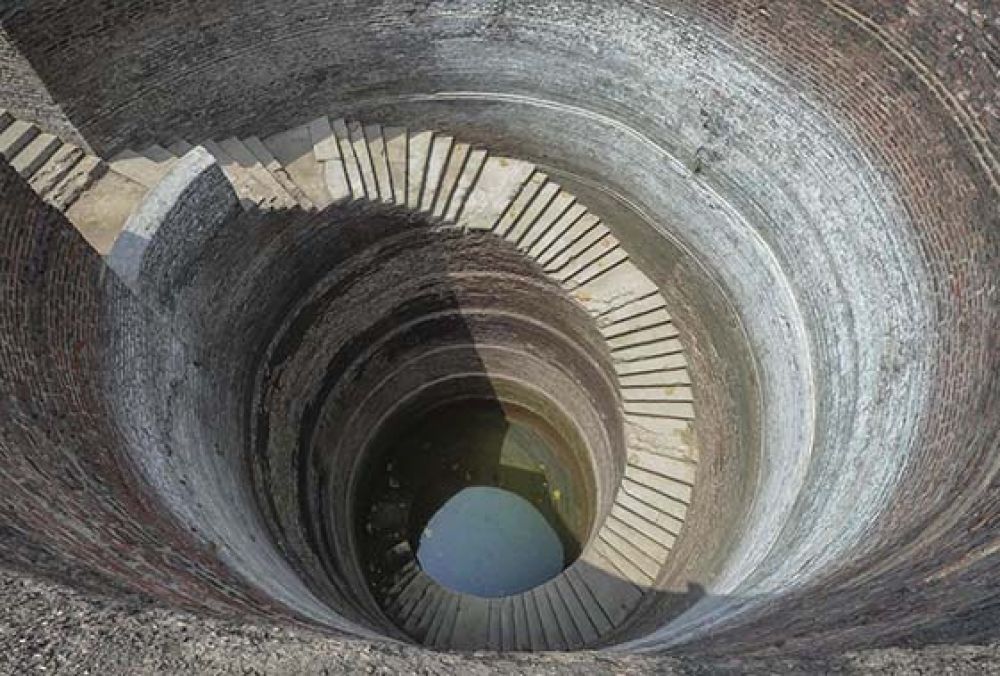

Champaner, a historical city located in Gujarat, India, is home to exceptional examples of architecture that date back to the 8th to the 14th centuries. Among these structures, the Helical Stepwell stands out as a testimony to the ingenuity of ancient water management systems and the architectural prowess of the time.
The history of tourism in Champaner is entwined with its inscription as a UNESCO World Heritage Site in 2004. This acknowledgment brought the area into the international spotlight. The historical city, once the capital of the Gujarat Sultanate, is an archaeological treasure with numerous mosques, temples, and fortifications reflecting the blend of Hindu and Islamic architectural styles.
The Helical Stepwell, also known as the Champaner Stepwell, is a unique and lesser-known structure compared to India's more prominent stepwells. Designed with a spiraling entrance and a descending staircase that wraps around the well, the stepwell provided access to water and a place for community gatherings during its time. What makes this stepwell particularly intriguing is the helical or spiral structure that is rare among the stepwells of India.
The architecture of the Helical Stepwell showcases the expertise in stone carving and water conservation that existed centuries ago. Constructed without the use of mortar, the stepwell's stones were interlocked with precision, reflecting the advanced engineering capabilities of the time. This technique also ensured the resilience of the structure through earthquakes and other natural calamities.
In recent years, tourism trends in Champaner, including the Helical Stepwell, have leaned towards sustainable and educational tourism. Visitors are drawn to the rich history of the area and have opportunities for guided tours that explain the archaeological significance and the historical context of the Helical Stepwell. Moreover, with a growing interest in photography tourism, the stepwell's unique design makes it a popular subject for both amateurs and professionals alike.
When planning a visit to the Helical Stepwell, tourists should consider the best time to go, which is typically between October and February, when the weather is more favorable. While the stepwell can be visited on its own right, it forms part of a broader experience of the Champaner-Pavagadh Archaeological Park, where visitors can imbibe the full historical and cultural context of the region.
The preservation and maintenance of the Helical Stepwell and other historical monuments in Champaner are a priority. Continuous efforts are made to ensure that the integrity of these sites is maintained, and as a result, tourists are expected to respect and adhere to the site's conservation rules during their visit.
As a destination rich in history and architecture, Champaner and its Helical Stepwell continue to offer an enchanting glimpse into India's past and an architectural journey that captures the creativity and technical skills of its ancestors.